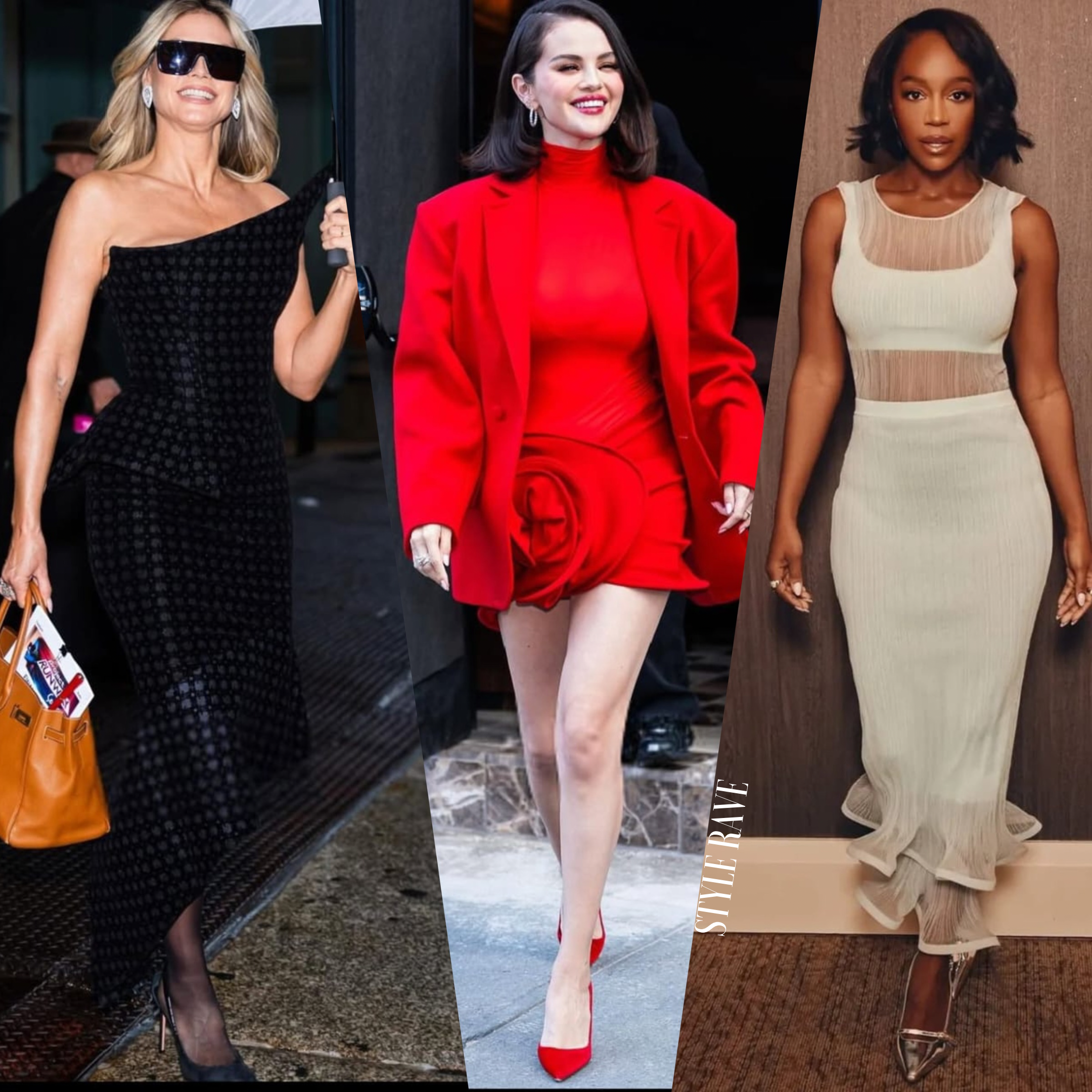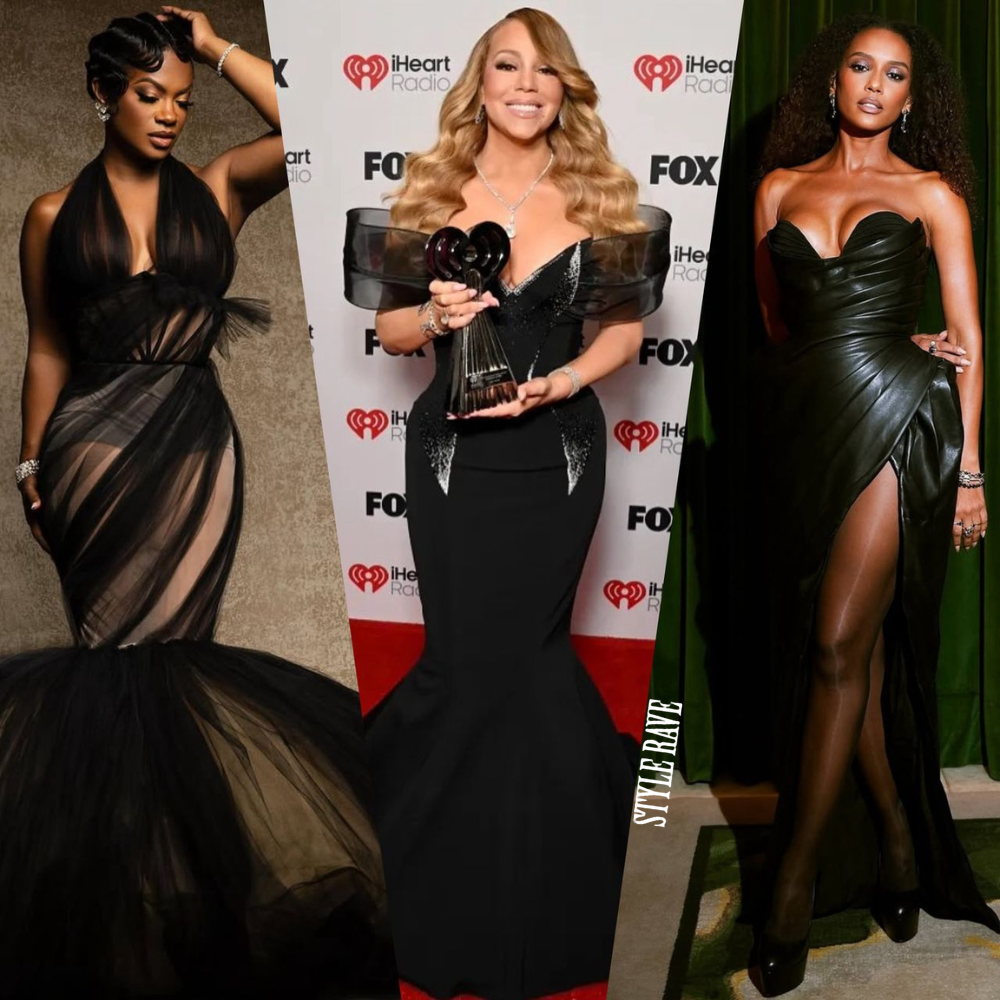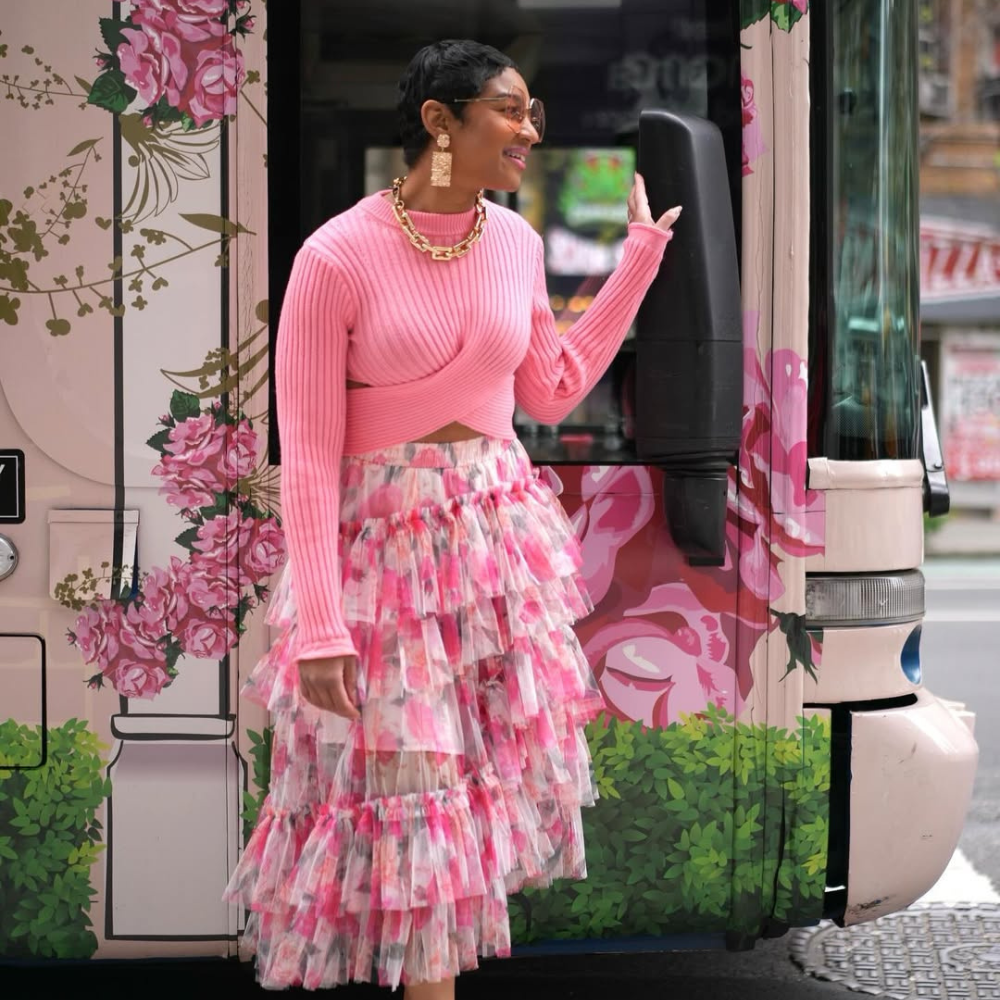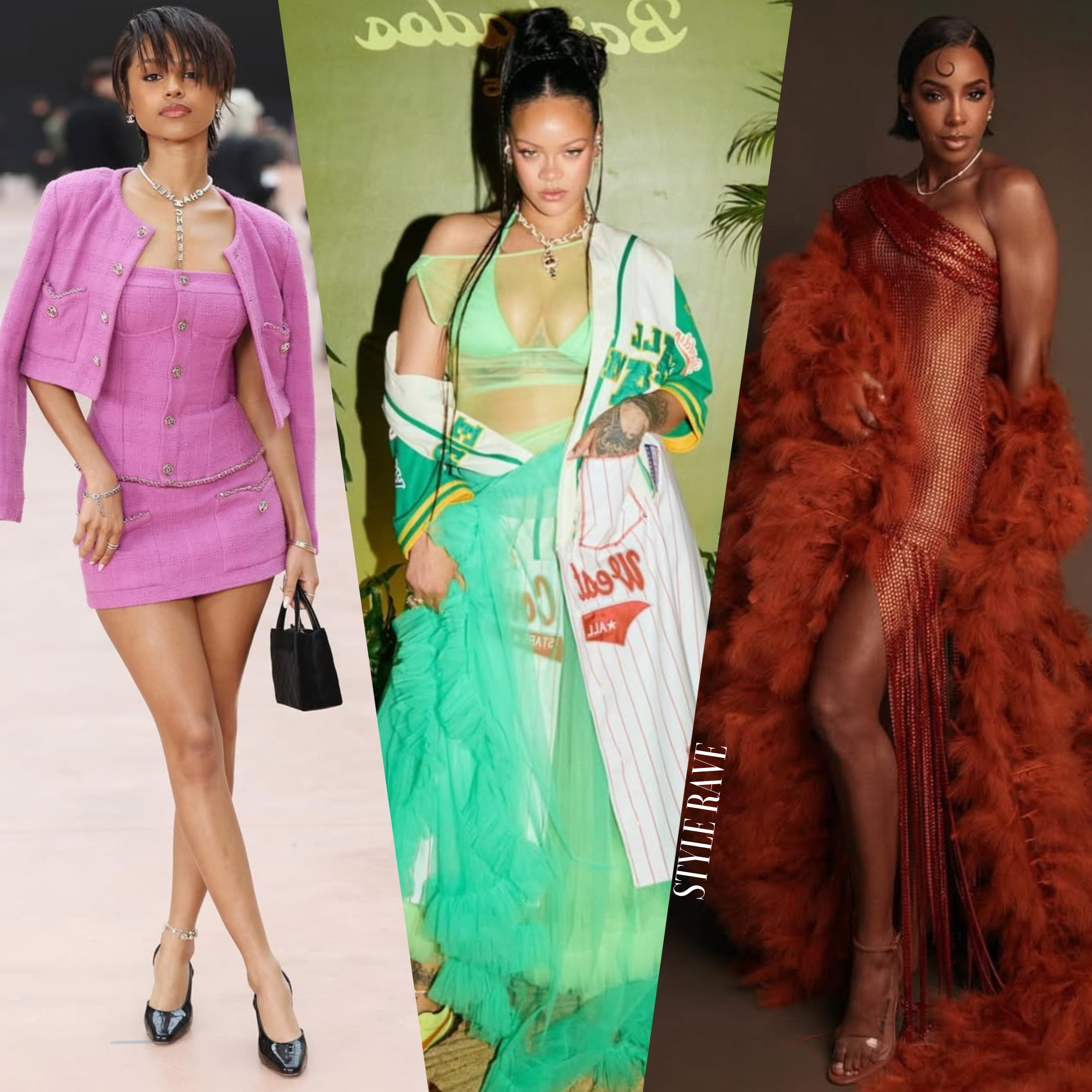Five Ways Fashion Needs To Step Up On Sustainability In 2025
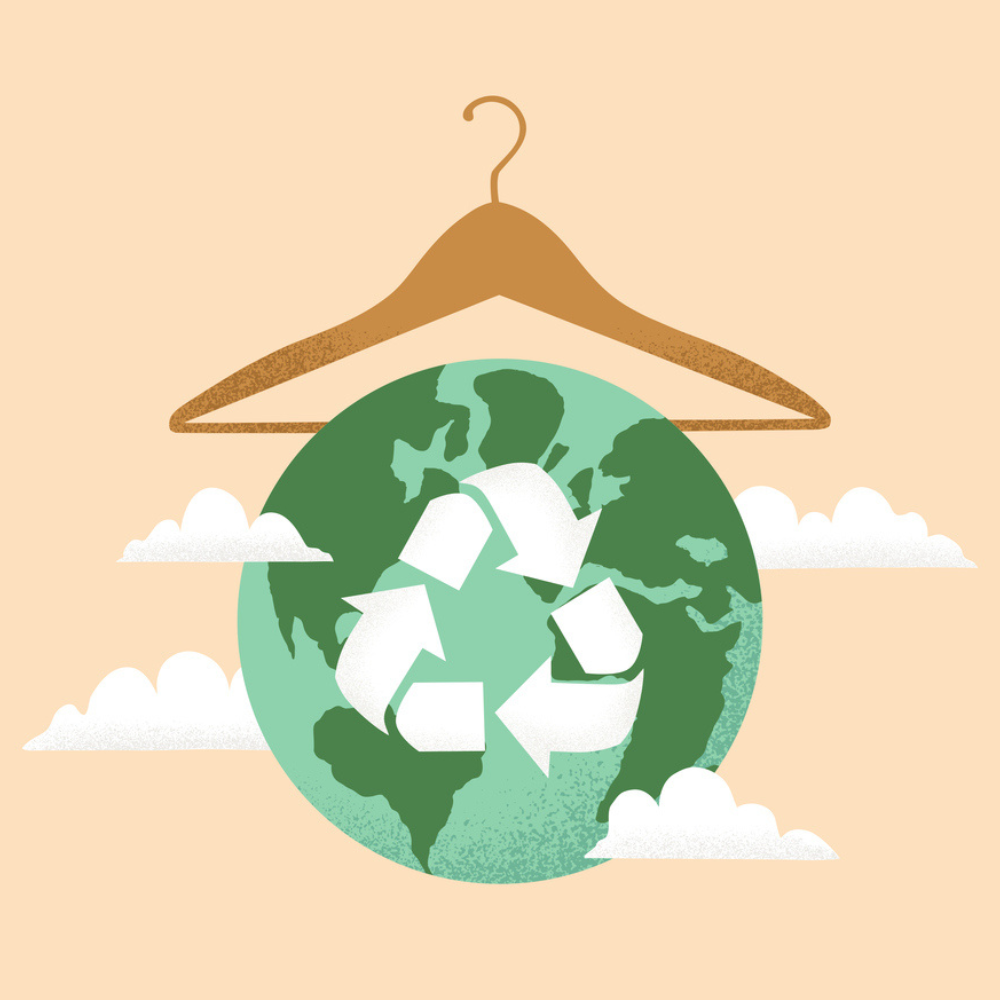
An enchanting wordsmith and style virtuoso. My collection of vintage…
We’re fully in 2025—a year once imagined as the dawn of sustainability breakthroughs, ethical supply chains, and a total fashion revolution. Yet, as we take stock of the industry’s progress, the reality is far more sobering. While notable strides have been made, progress remains entangled in the threads of overproduction, greenwashing, and unsustainable practices. The grand promise of a responsible fashion world has yet to fully materialize, leaving us at a critical crossroads: do we continue down the path of fast fashion waste and environmental harm, or do we finally commit to real, lasting change?
If fashion is truly serious about a greener future, 2025 must be the year of action—not just intention. From embracing circular fashion to rethinking supply chains and slashing waste, the industry has clear, tangible steps to transform ambition into reality. The good news? The solutions already exist. Now, it’s time to put them into practice.
Here’s how the fashion industry can finally step up its sustainability game this year…
#1. Embrace Circular Fashion
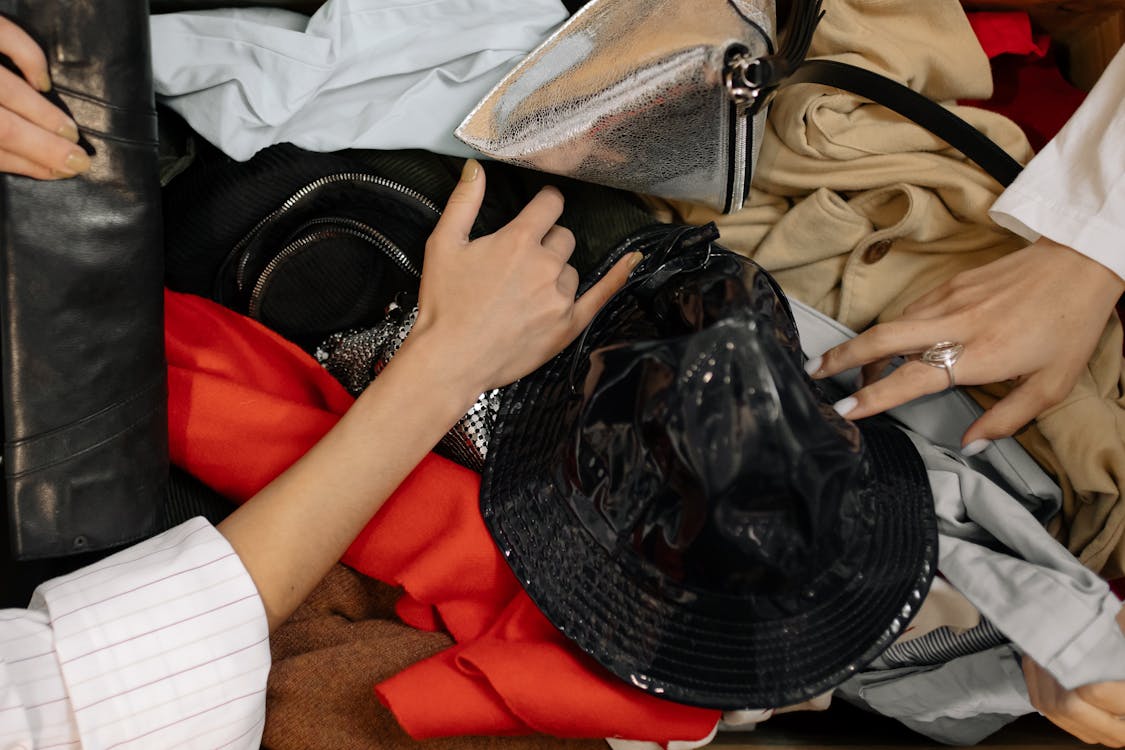
Fast fashion remains one of the worst offenders in waste and pollution. In 2025, the industry must move beyond traditional recycling and fully commit to circular fashion—an approach that prioritizes longevity, repairability, and full recyclability.
Brands like Patagonia and Eileen Fisher have already set the stage with repair programs and buy-back initiatives, but the industry at large needs to follow suit. Imagine a world where your favorite brand reclaims old garments, repurposes them, and resells them—not only cutting waste but deepening customer loyalty.
To make this vision a reality, fashion houses must innovate in materials, design for durability, and build the infrastructure for large-scale garment recycling. Circular fashion isn’t just a choice anymore—it’s a necessity.
#2. Prioritize Ethical Supply Chains

The past year has laid bare the unsettling realities of unethical supply chains—from exploitative wages and unsafe working conditions to environmental devastation. In 2025, transparency and accountability must become the industry’s gold standard—not just a marketing buzzword.
Brands can learn from Everlane, which champions “radical transparency” by openly sharing where its products are made and how much they cost to produce. This model has built consumer trust and set a precedent for integrity in fashion.
Blockchain technology presents another game-changer. By enabling traceability at every stage of production, blockchain ensures that workers are treated fairly and materials are ethically sourced. A commitment to ethical supply chains doesn’t just protect the environment—it safeguards the millions of workers who power the fashion industry.
#3. Shift to Regenerative Agriculture
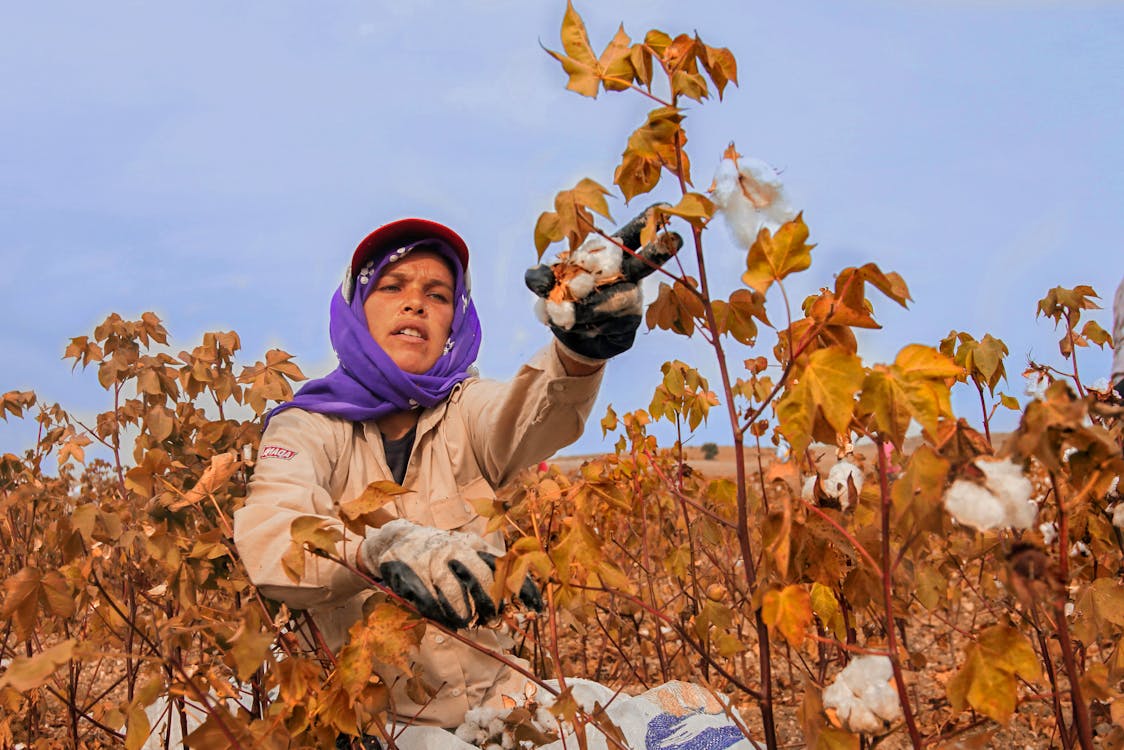
The raw materials that fuel fashion—cotton, leather, wool—come at an immense environmental cost. Conventional farming depletes soil, wastes water, and releases harmful chemicals into ecosystems. In 2025, the industry must move beyond sustainability pledges and actively embrace regenerative agriculture.
Regenerative agriculture isn’t just about reducing harm—it’s about restoring soil health, boosting biodiversity, and capturing carbon from the atmosphere. Pioneering brands like Stella McCartney and Kering are already investing in regenerative sourcing, proving that fashion can be a force for environmental repair.
Now, imagine a world where your cotton dress doesn’t just reduce impact—it actively fights climate change. That’s the future fashion must build.
#4. Reduce Overproduction
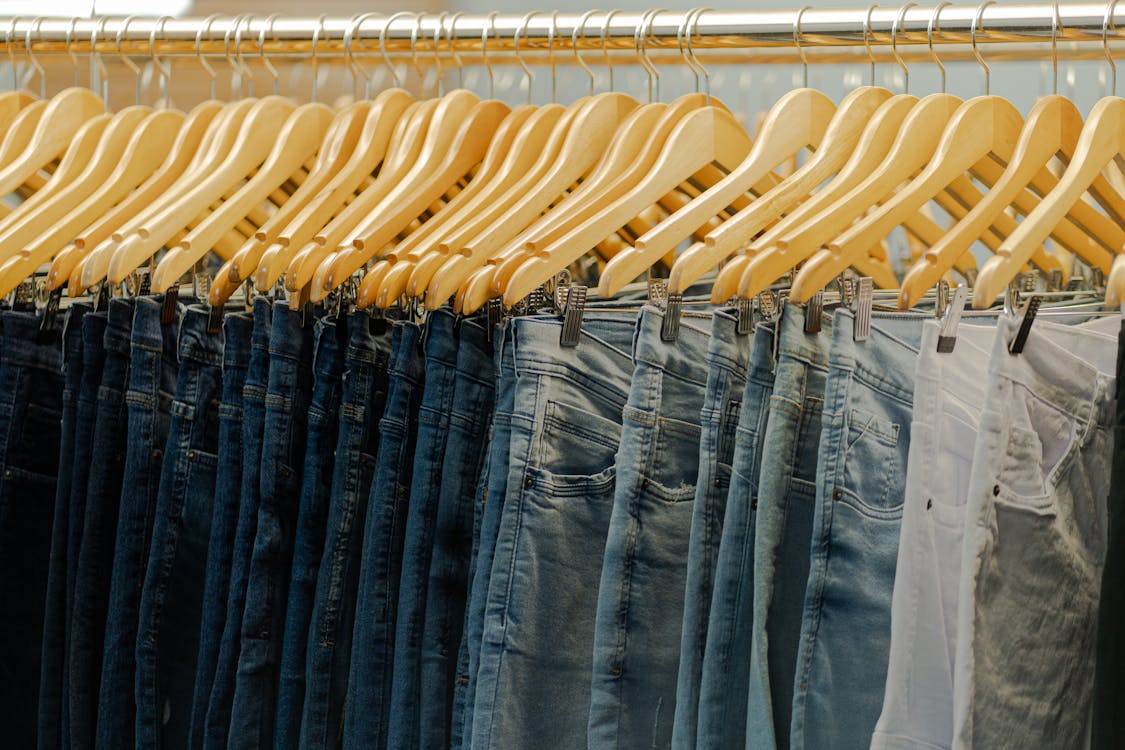
Overproduction is one of the fashion industry’s most harmful practices. Each year, millions of unsold garments end up in landfills or are burned, wasting resources and damaging the planet. In 2025, fashion must adopt a “less is more” mentality.
One effective solution is the made-to-order model, where garments are produced only after they’re sold. Brands like Maison Margiela and several independent labels are already pioneering this approach, which reduces waste by ensuring that only demand-driven production occurs.
Additionally, artificial intelligence offers a way to better predict demand. By leveraging AI to understand customer preferences and trends, brands can avoid creating excess inventory that clutters landfills and racks.
#5. Educate and Empower Consumers

Sustainability isn’t just a brand’s responsibility; it’s also up to consumers. In 2025, fashion companies must prioritize educating their customers on the environmental impact of their choices. The more informed consumers are, the better decisions they can make.
Brands can launch campaigns that emphasize buying less, opting for quality over quantity, and proper garment care. Offering incentives like discounts for returning old clothes or using eco-friendly packaging can also motivate sustainable behavior.
Social media is key in this movement. By partnering with influencers, brands can turn eco-conscious choices into a desirable trend, making sustainability feel less like a chore and more like a statement.
The Road Ahead
The fashion industry possesses the creativity, resources, and influence to lead the charge toward a more sustainable future. However, this requires a collective effort—from designers and manufacturers to consumers and policymakers.
While 2025 may not be the year the industry becomes fully sustainable, it could serve as the turning point. By embracing circular fashion, prioritizing ethical supply chains, investing in regenerative agriculture, reducing overproduction, and educating consumers, the fashion world can step up to meet the challenges ahead.
The world is watching, and the stakes have never been higher. The question is not whether the fashion industry can rise to the occasion—it’s whether it will. Let’s hope that 2025 marks the beginning of a truly sustainable fashion revolution.
Featured image: EireenZ/iStock
For the latest in fashion, lifestyle, and culture, follow us on Instagram @StyleRave_
—Read also
An enchanting wordsmith and style virtuoso. My collection of vintage scarves reflects my love for stories, beauty and style. Each scarf whispers its tale of inspiration. At Style Rave, we aim to inspire our readers by providing engaging content to not just entertain but to inform and empower you as you ASPIRE to become more stylish, live smarter and be healthier. Follow us on Instagram @StyleRave_ ♥



